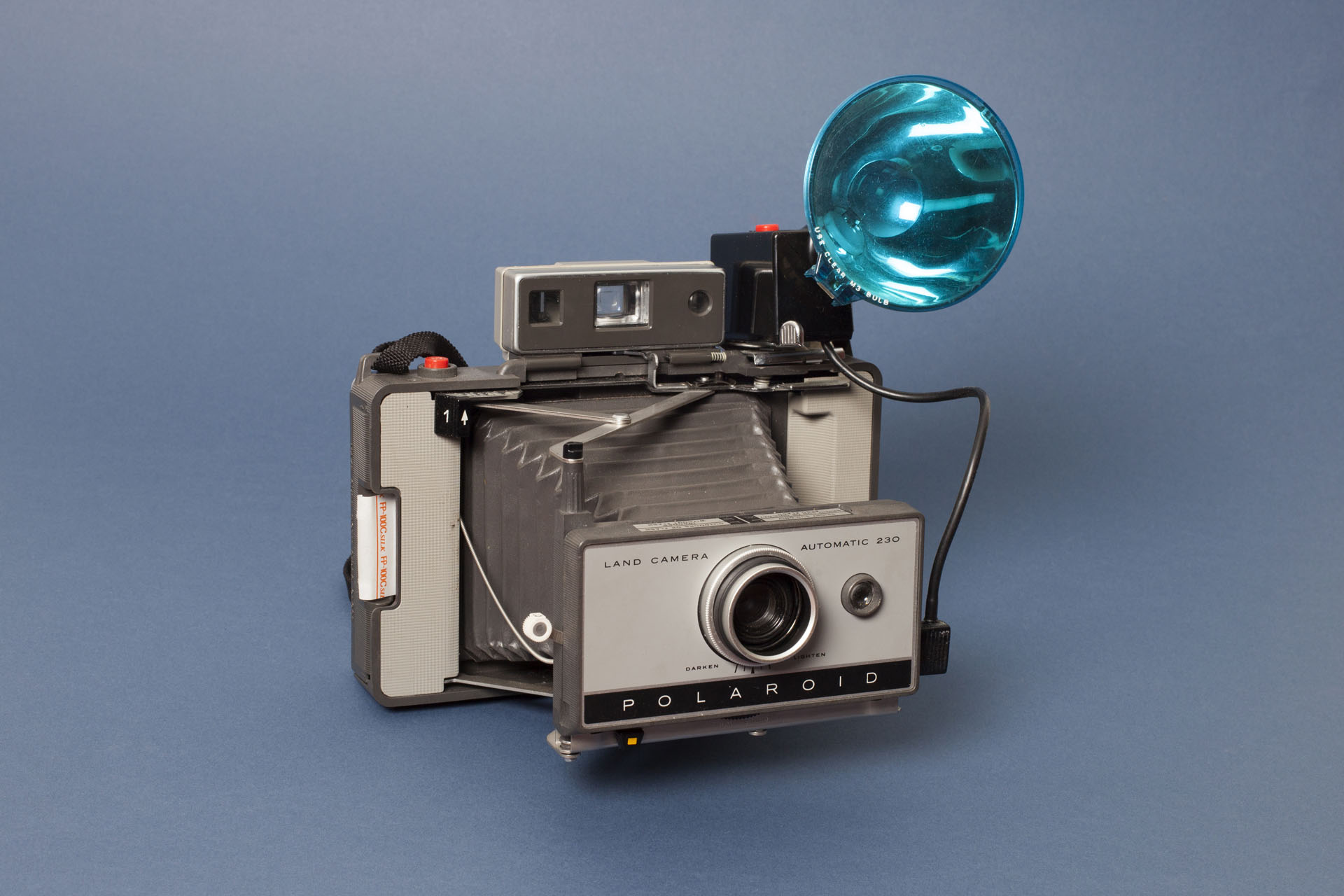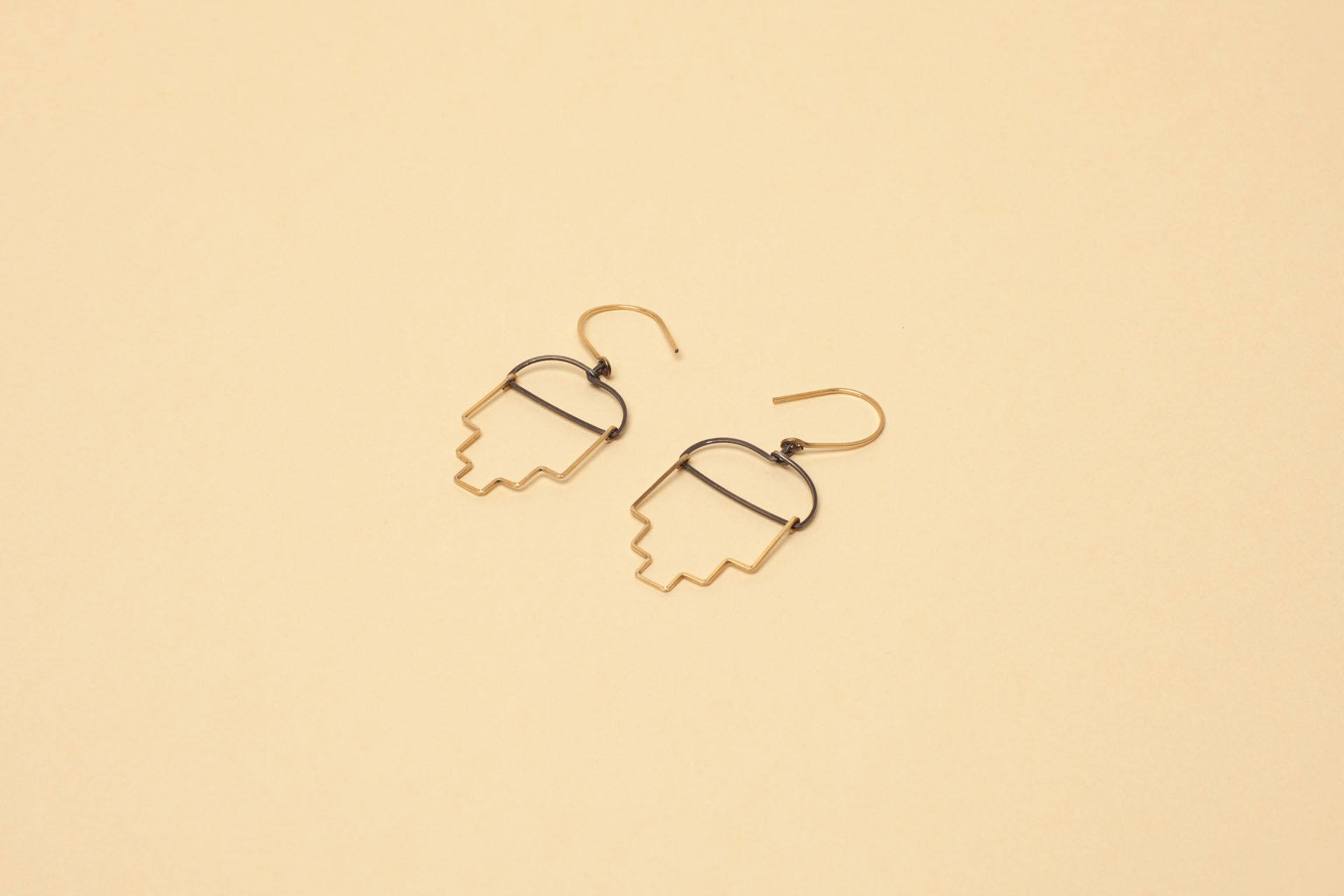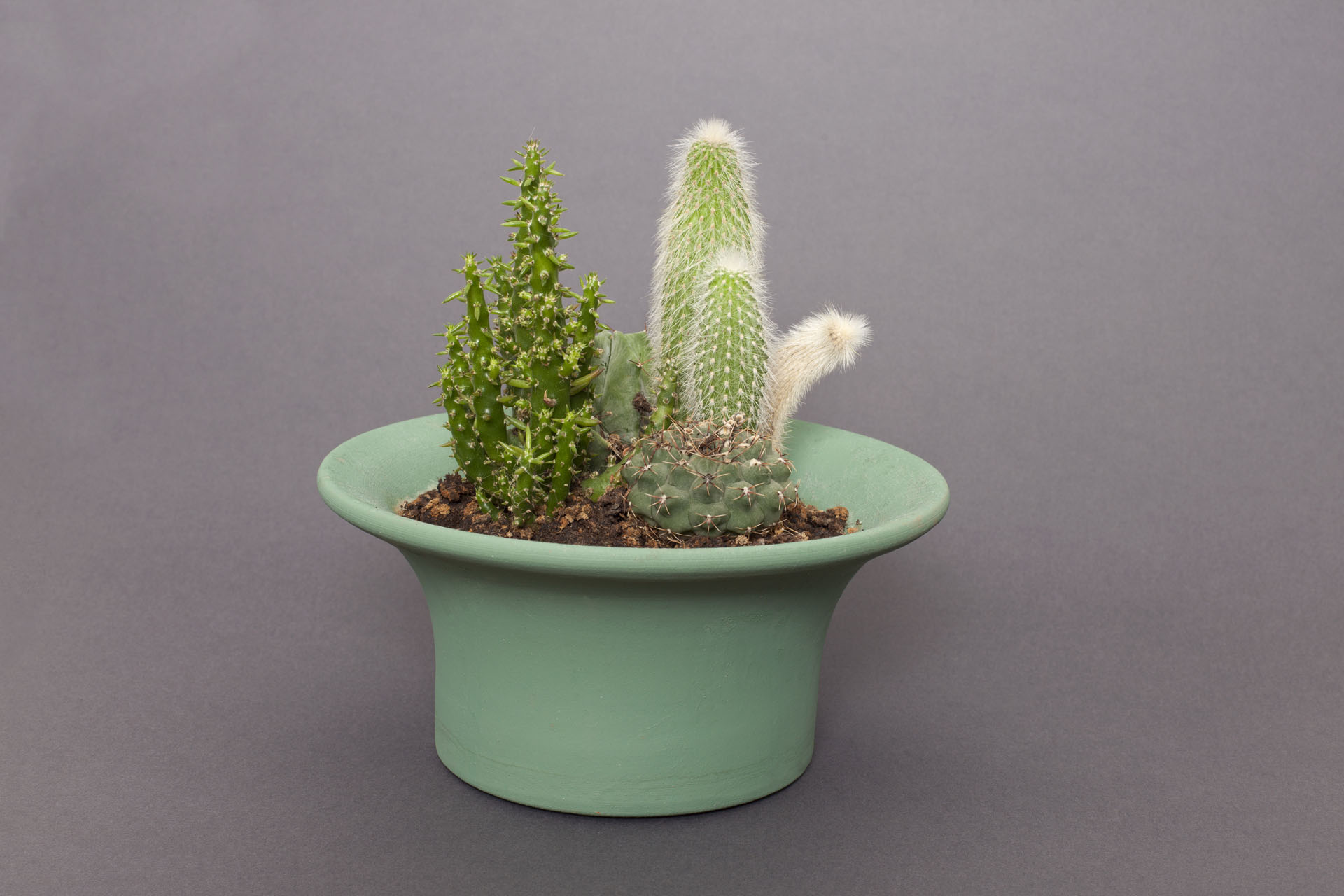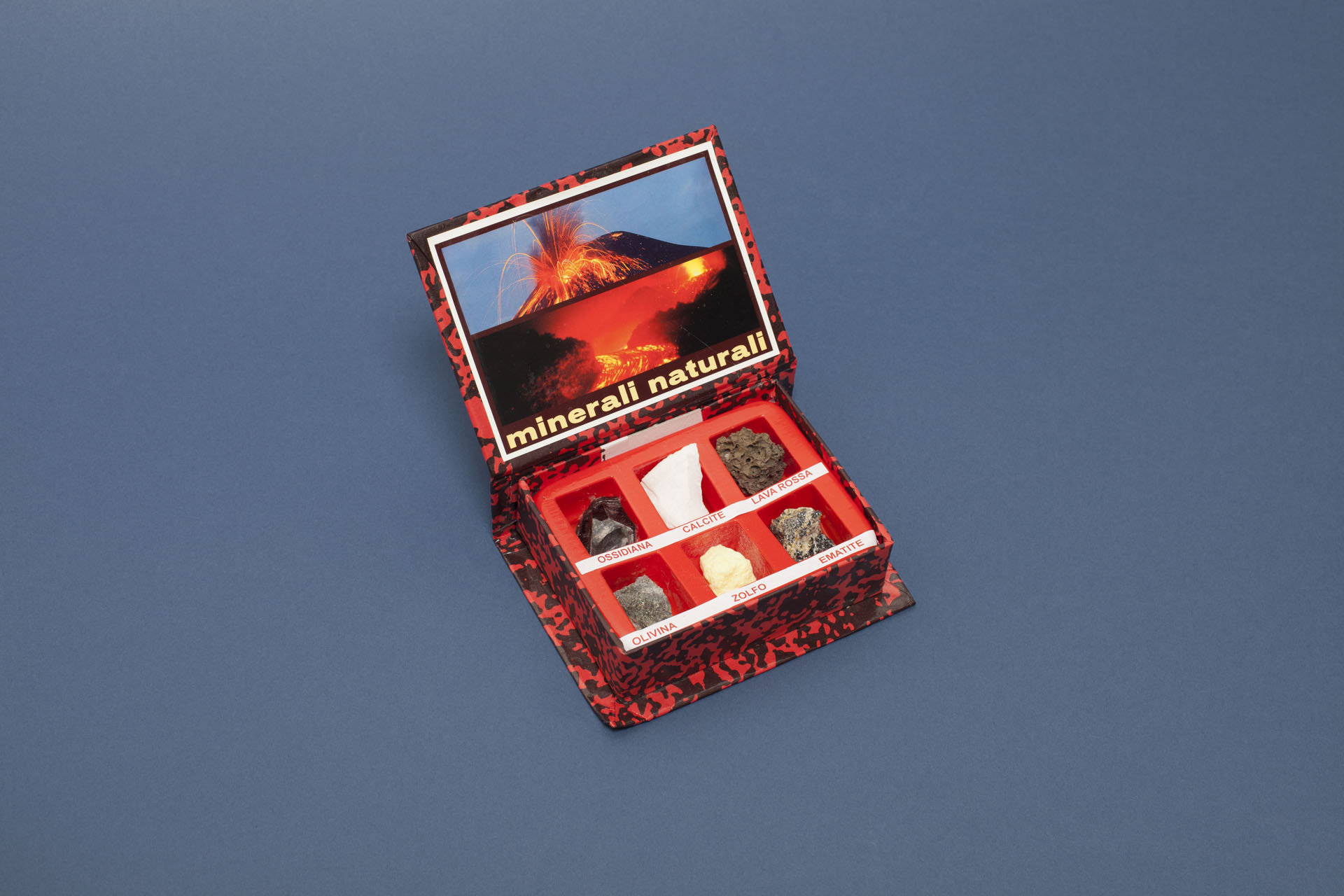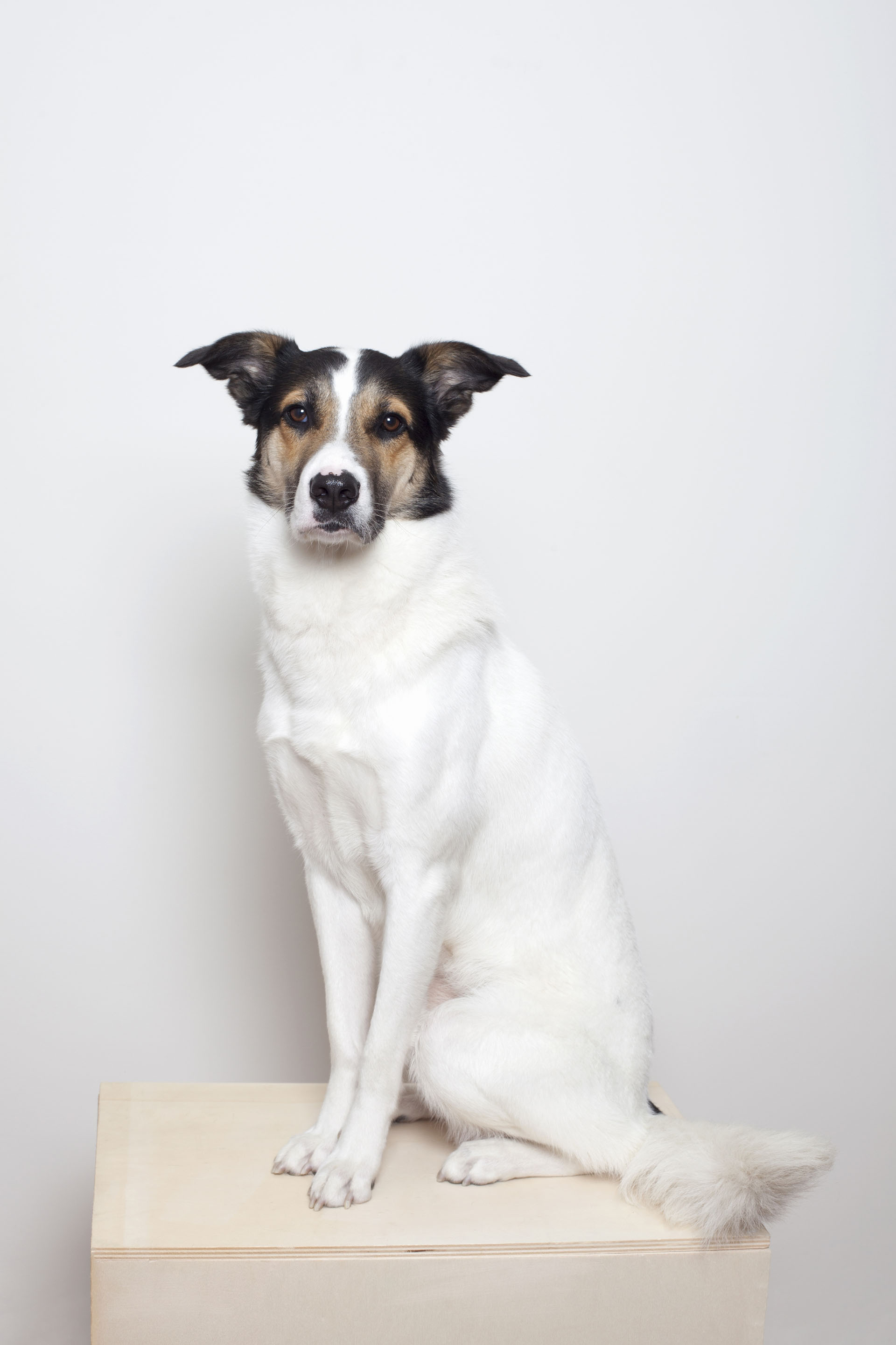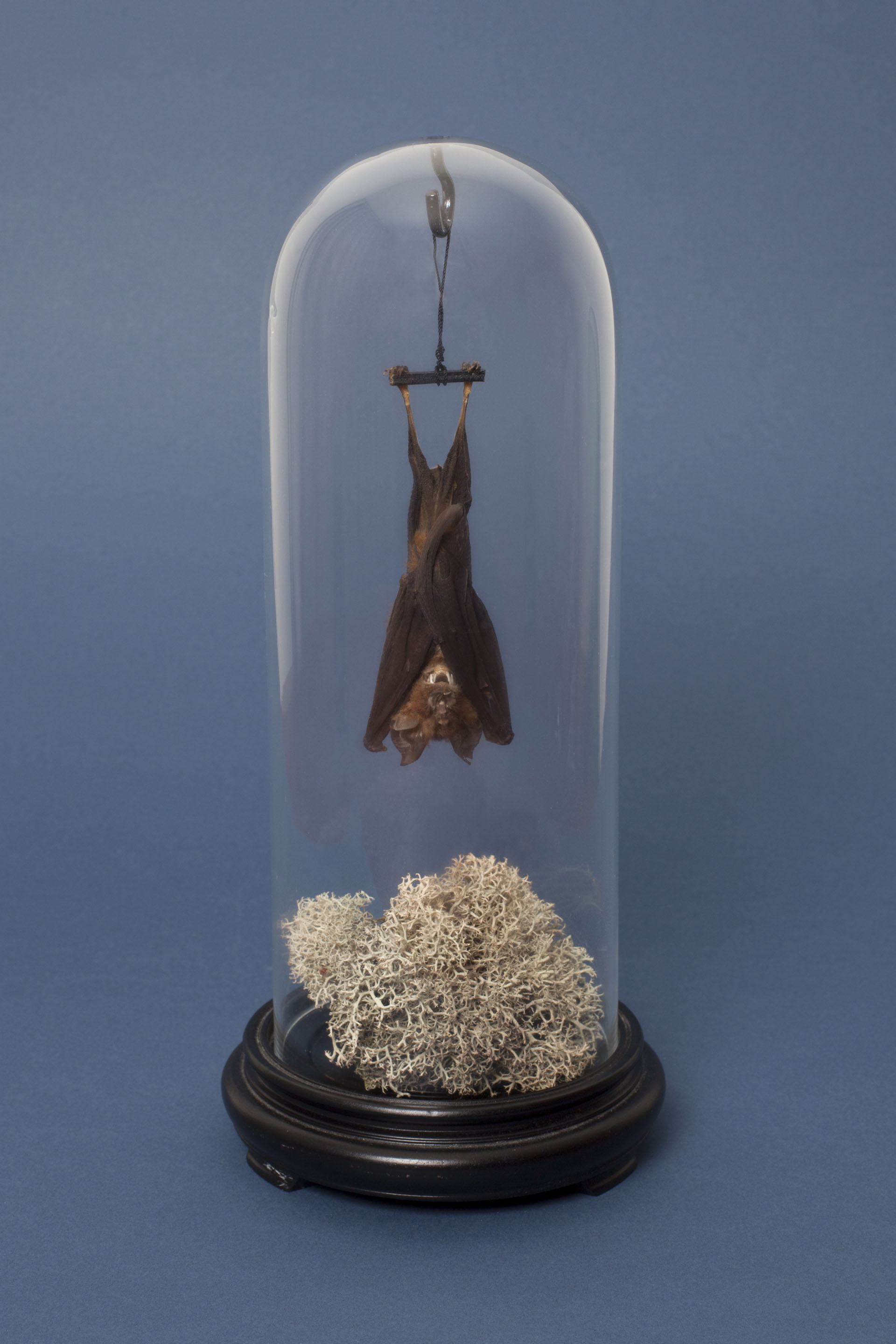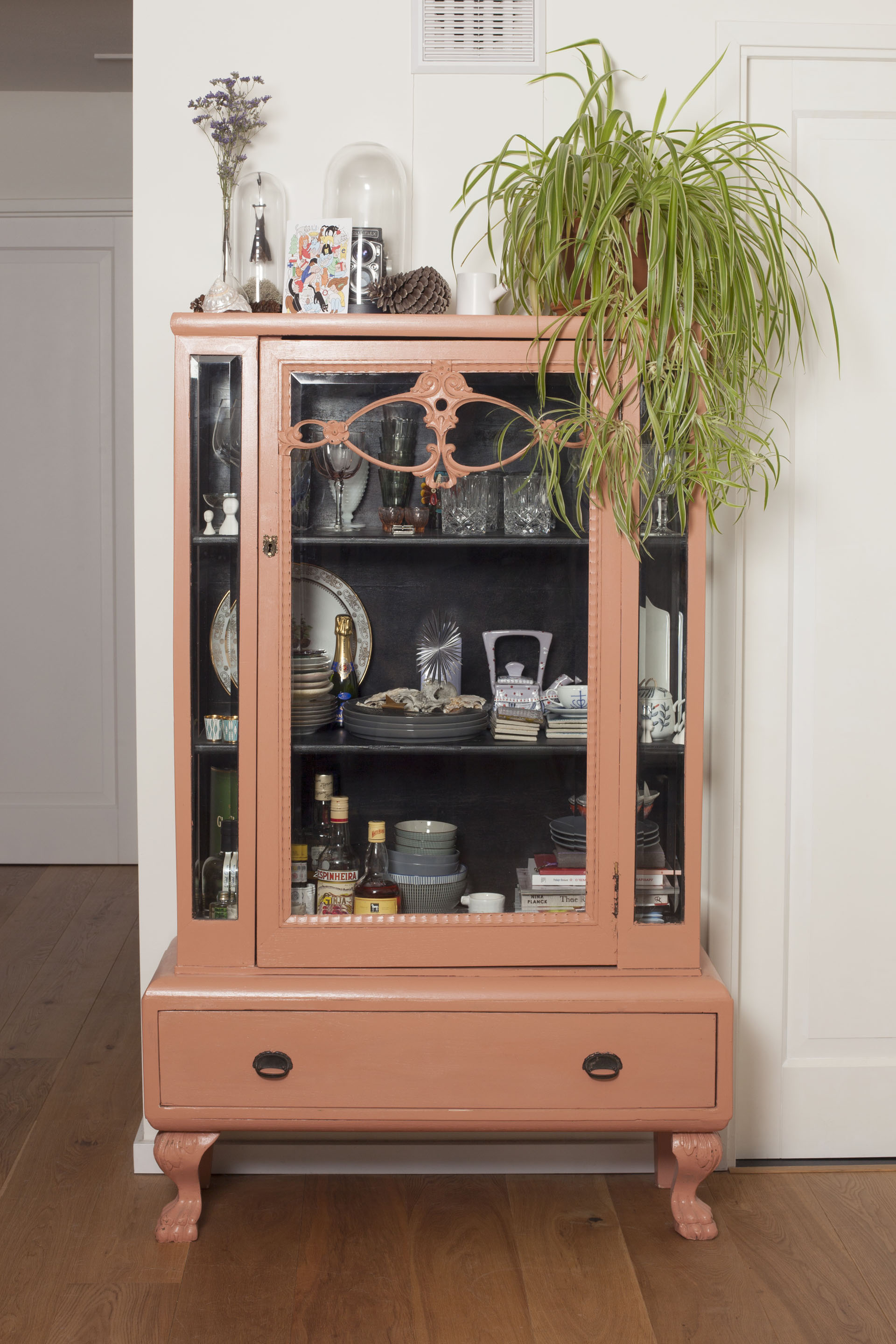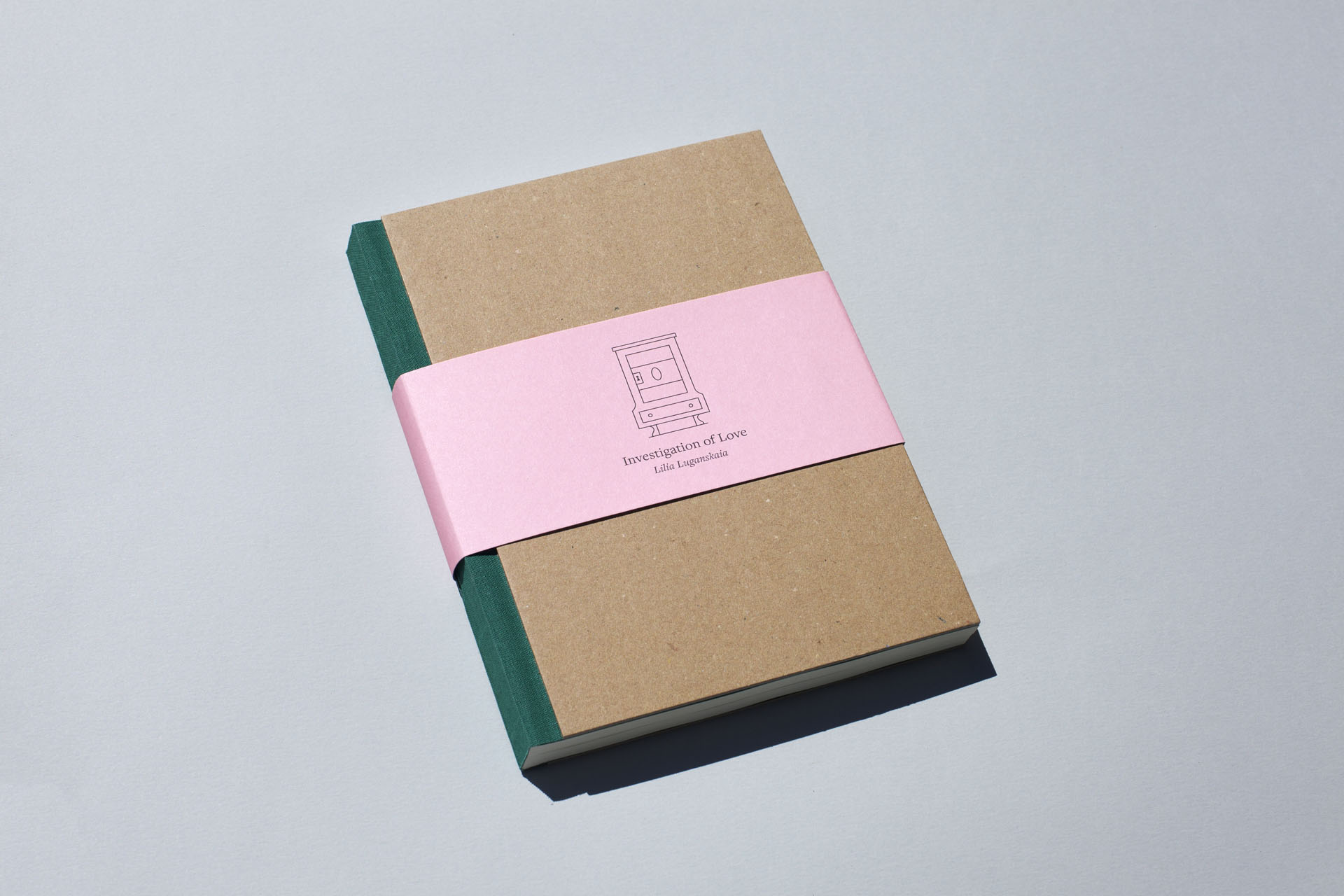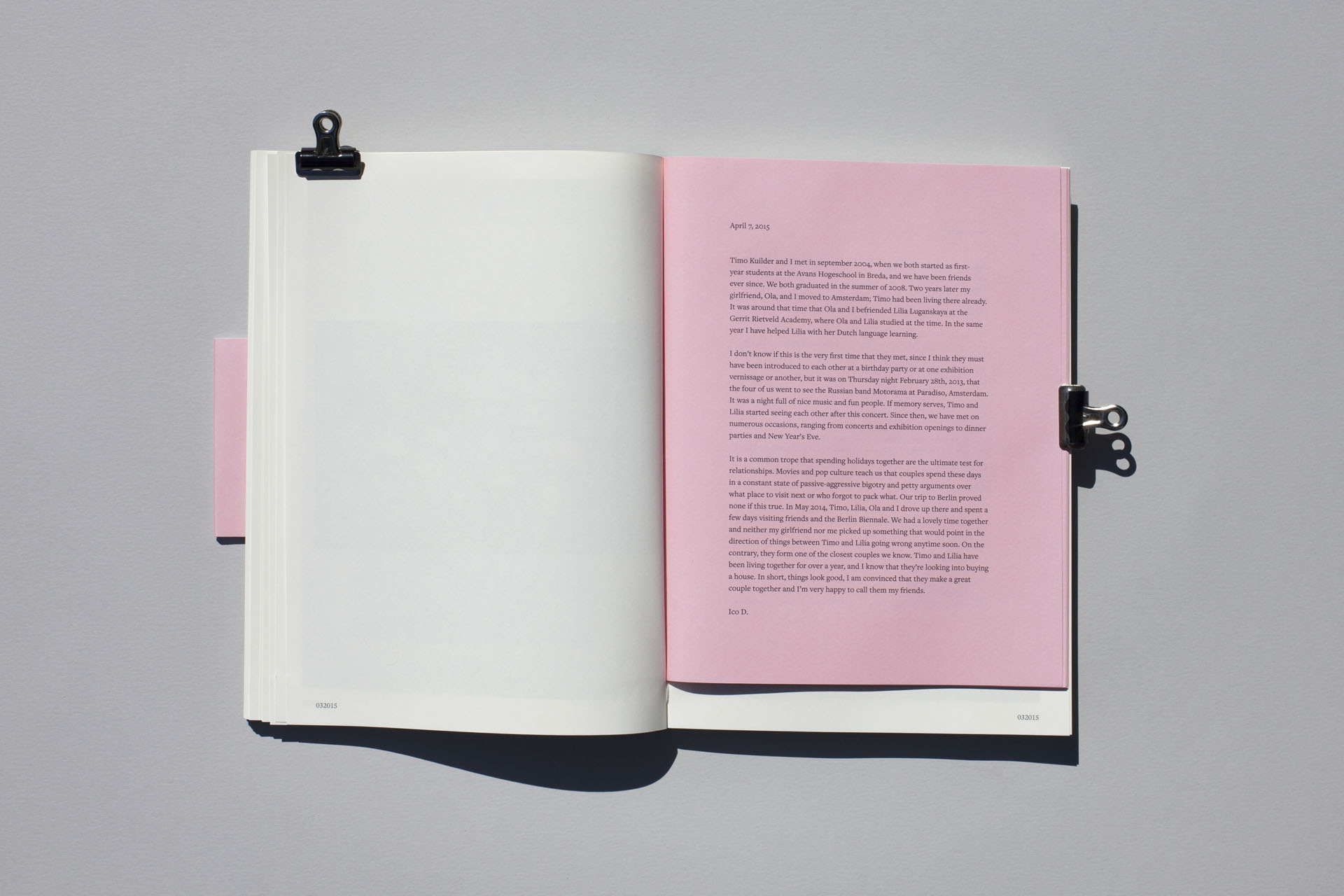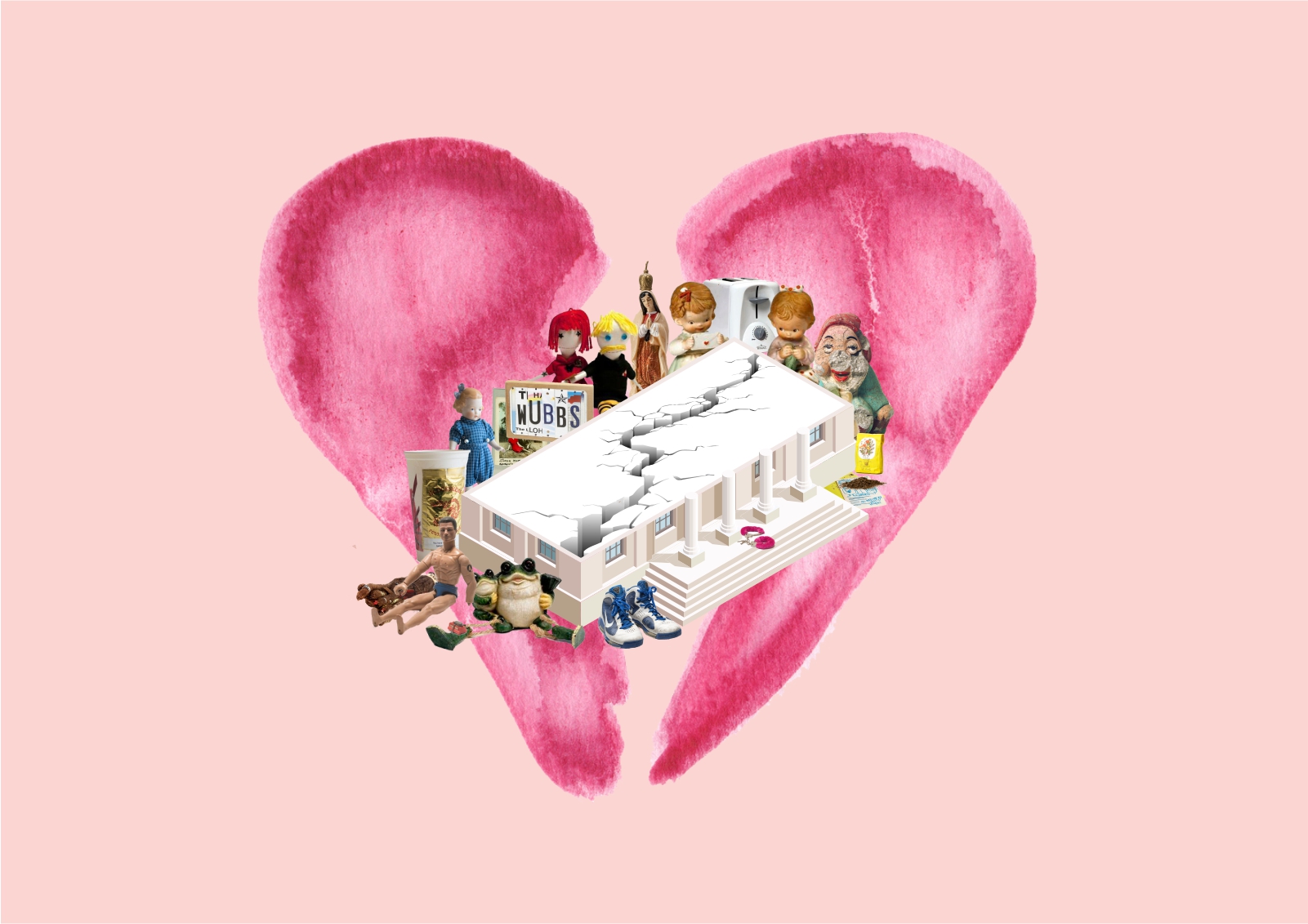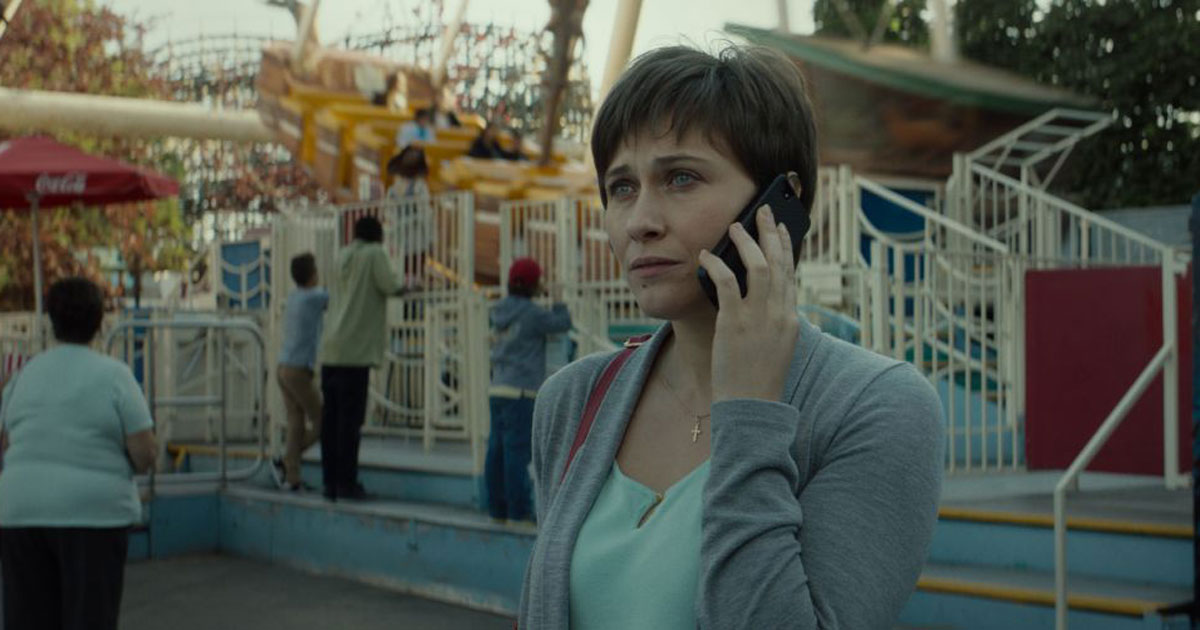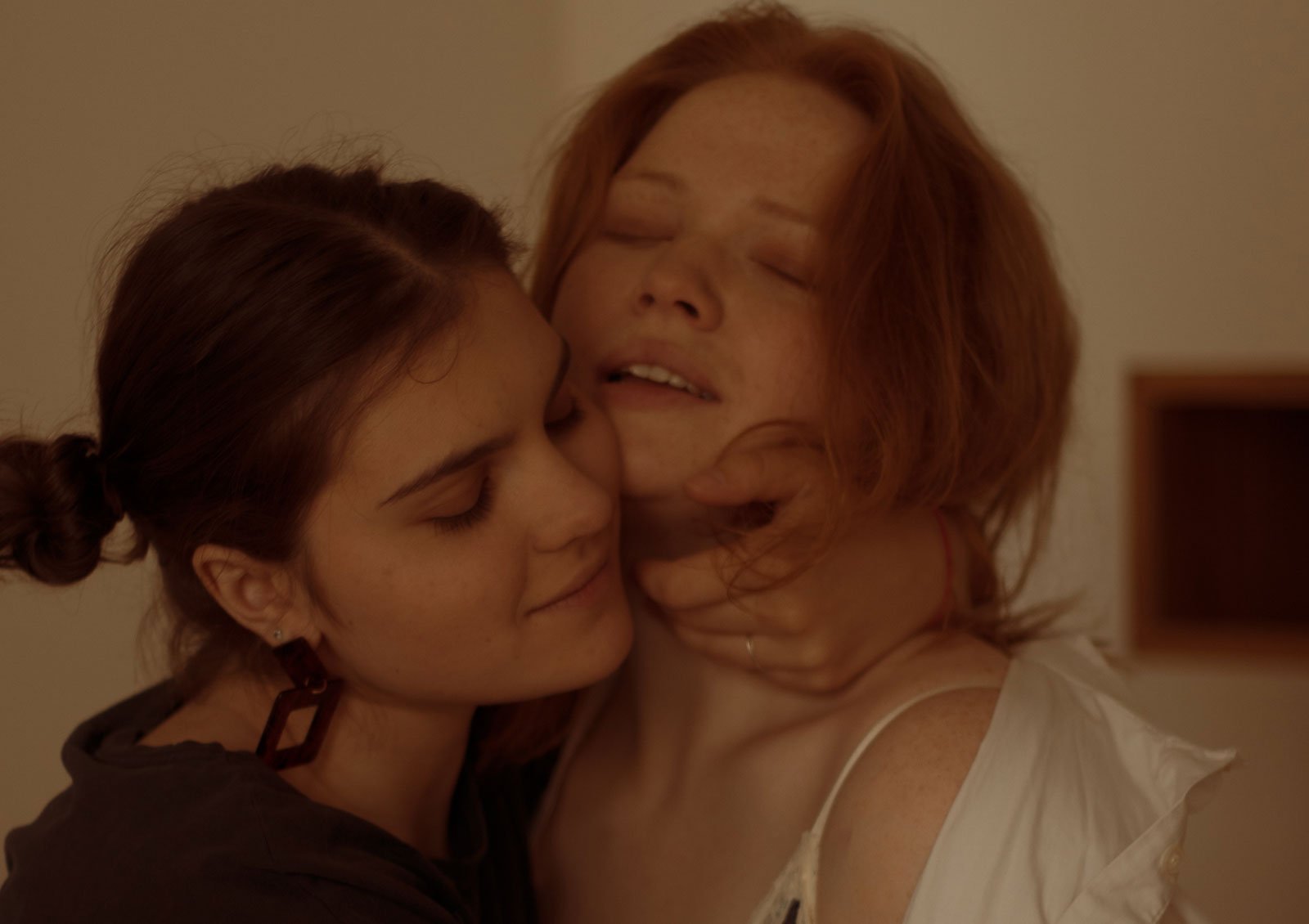Immigration officers wanted proof my relationship was real. So I made it into an art project
On her third date with her now-husband, a mischievous impulse overtook Lilia Luganskaia. What happened next was nothing more than tomfoolery: she took her steak knife from the restaurant table and slipped it into her bag, watching for a reaction from her date from the corner of her eye. “I think he was terrified,” the Russian-born, Amsterdam-based artist recalls. “I just wanted to see if he’d go along with it.” For a while, the incident was just an amusing anecdote. Later down the line, the stolen knife became crucial evidence that their relationship was for real.
A year after they first started dating, Luganskaia finished her studies in Amsterdam and decided to apply for a Dutch residents permit. In order to apply for a partner visa, she had to first prove that the couple were in love. For anyone who has never had to experience the intricacies of the visa process, it’s a route which involves, among many other things, supplying photographs of yourself with your other half, alongside supporting statements from family and friends. “This is where the fun begins,” the artist jokes.
One of the more bizarre requirements means that written statements must include a prognosis of the relationship. “As a Russian person, I have had to get used to constantly dealing with visas. But this was an existential experience. I read all the statements about my relationship but didn’t tell them what to write and how. If any of the documents were staged or curated, that would of course raise red flags.”
In Luganskaia’s case, the process took three months. Even though everything went well, the artist was left with the feeling as if she had lost her privacy. Disclosing your love life to an anonymous immigration officer is nothing like sharing romantic moments on social media: it’s a mode of survival that involves stripping yourself bare, with all your own vulnerabilities and fears on display.
“If I no longer had any privacy,” Luganskaia thought, “why don’t I just make an art project out of it?” She began by photographing mementos connected to her relationship to create her project, Investigations of Love. The steak knife from the third date ended up in the project, along with 514 other objects, including a portrait of their dog, Atlas. The project was later released as a book: since being published in 2018, it has since received the Dutch Photo Book Prize, the FOTO WIEN Photobook Award, and the PhotoEspaña 2019 Discoveries Award. It presents the love story between Luganskaia and her husband as a timeline of objects – visually inspired by forensic photography and presented in a chronological order (with a handy index at the back). The book also includes the written statements from friends and family, published completely unedited.
“The objects are presented as evidence for how long it takes to form and shape a relationship. While working on this project, I was thinking about whether love can be proven by photography or whether photography can prove anything at all,” Luganskaia says. And, although the book features a number of portraits of her husband, Investigations of Love is not, in fact, dedicated to him. “My real muse is the bureaucracy system,” Luganskaia laughs.
“It was the Immigration and Naturalisation Process (IND) that inspired me and gave me all of this material. I should credit them as my collaborator because the forms I’ve included are all by them. I wouldn’t have had the opportunity to read these letters had the circumstances been different.”
What surprised her most was how many people bought the book (available for purchase for €100) for practical reasons – to use as a guide for those entering this visa procedure. “Everything in the book is very private. Normally people don’t share their experience with immigration in such an open way. People really bought it as an example of the documents they may need to provide. Maybe this was what made it rewarding for me – the fact that it went beyond the photography world into the real world.”
In October 2019, the artist developed the book into a performative exhibition. Over two days, the audience were invited to observe the couple in their home. Each performance lasted a painstaking eight hours. Not only was it a metaphor for the lack of privacy the couple suffered, the exhibition is actually modelled on a real stipulation of the Dutch residence permit.
“When you submit your application for a residents’ permit, the authorities reserve the right to visit your house. If the evidence you provided was deemed questionable, they could come unannounced to check if you sleep in the same bed, have two toothbrushes. During the performance the audience was invited to step into the immigration system officer’s shoes and investigate my daily life.”
Talking about the book, the artist says: “You can draw a lot about our life from reading it: our addresses, our habits, our interests.” For this reason, she did not feel worried about opening up her home to her audience; in her words, “that’s the life of an artist”. Her motivation behind the performance was rather to ask whether openness necessarily constitutes truth. Can you really stage true love? Perhaps the question should be: how do stay sane in a bureaucratic process? For Luganskaia, the answer was to turn it into her art.
